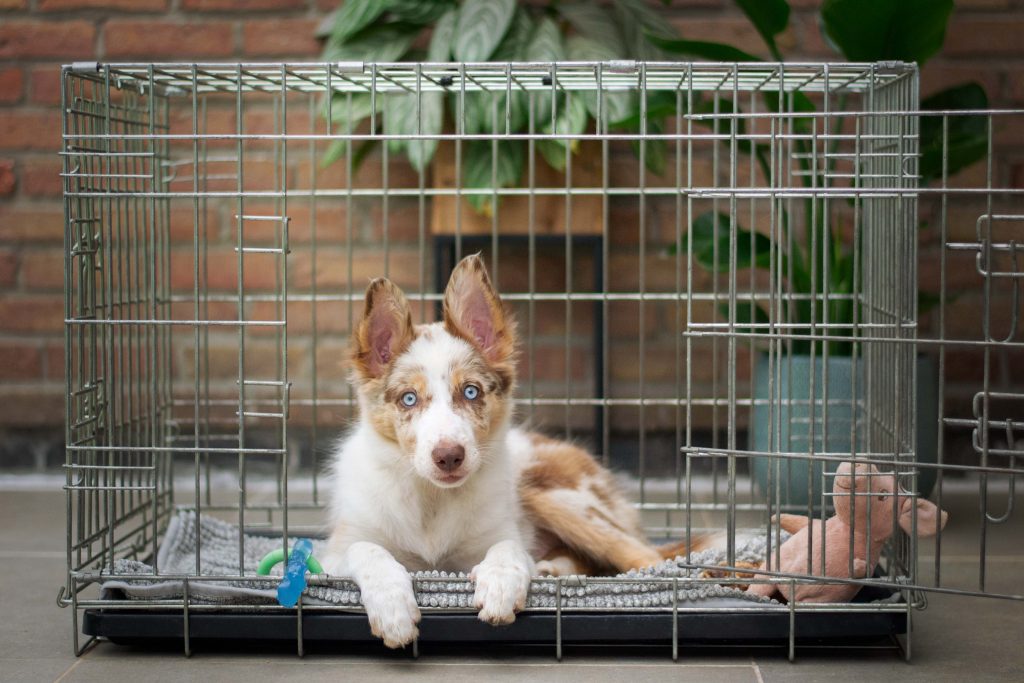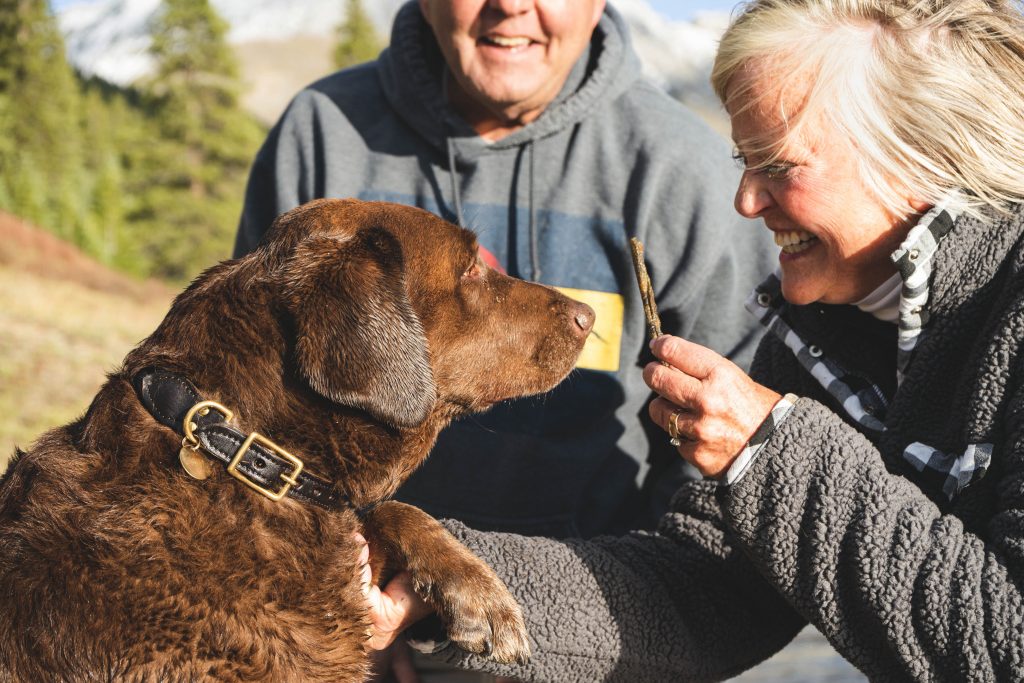Therapy dogs are specially trained dogs that provide comfort and support to people in a variety of settings, such as hospitals, nursing homes, schools, and disaster areas. Therapy dogs are known for their calm and friendly demeanors, and they must undergo extensive training to ensure they are well-behaved and able to handle the various environments in which they work. The blog post may cover topics such as the requirements for therapy dogs, the benefits of therapy dog work, and the steps involved in training a dog to be a therapy dog.
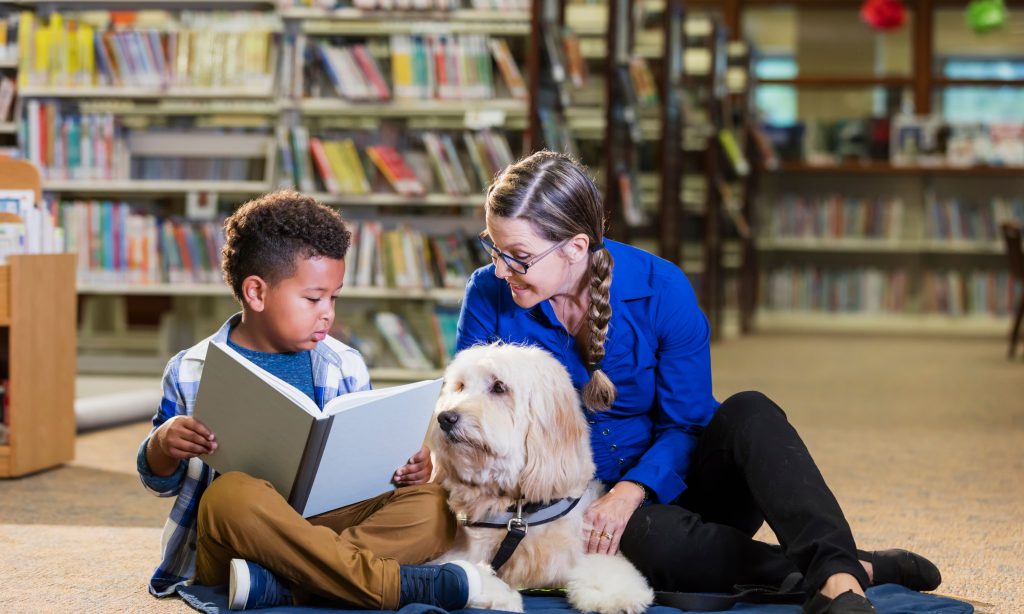
Training a dog to be a therapy dog can be a rewarding experience for both the dog and the people they visit. Therapy dogs are specially trained dogs that provide comfort and support to people in a variety of settings, such as hospitals, nursing homes, schools, and disaster areas. If you have a calm, friendly dog and are interested in using their talents to make a difference in the lives of others, read on for a step-by-step guide on how to train your dog to be a therapy dog.
Step 1: Determine whether your dog is a good candidate for therapy work:
Not all dogs are suitable candidates for therapy work, so it’s important to carefully evaluate your dog’s temperament and behavior before embarking on therapy dog training. Some characteristics that may make a dog a good candidate for therapy work include:
- A calm, friendly demeanor
- Good socialization skills
- A willingness to be handled by strangers
- Tolerance for different environments and situations
- Good basic obedience skills
If your dog exhibits these characteristics and is generally well-behaved, it may be a good candidate for therapy work. However, it’s important to keep in mind that even well-behaved dogs may not be suitable for therapy work if they have certain medical conditions or are prone to anxiety or aggression.
Step 2: Learn about the requirements for therapy dogs:
Different organizations have different requirements for therapy dogs, so it’s important to research the specific requirements for the type of therapy work you are interested in. In general, therapy dogs must be at least one year old, be up-to-date on all vaccinations, be spayed or neutered (if not being used for breeding), and pass a temperament test. Some organizations may also require additional training or certification.
Step 3: Begin basic obedience training:
Before you can start training your dog for therapy work, it’s important to ensure that they have a solid foundation in basic obedience skills. This includes commands such as “sit,” “stay,” “down,” “come,” and “leave it,” as well as good leash manners and the ability to focus and pay attention to you. If your dog is already well-trained in basic obedience, you can move on to step 4. If not, it’s a good idea to work with a professional dog trainer to ensure that your dog has the necessary skills before proceeding.
Step 4: Socialize your dog:
Therapy dogs must be comfortable and confident in a variety of different environments and situations, so it’s important to socialize your dog with as many different people, places, and things as possible. This can include introducing your dog to different types of people (such as children, elderly people, and people with disabilities), taking them to different locations (such as parks, stores, and restaurants), and exposing them to different sounds and sights (such as fireworks, construction, and traffic). The more your dog is exposed to different environments and situations, the more comfortable and confident it will be in its therapy work.
Step 5: Work with a professional therapy dog trainer:
While it’s possible to train your dog for therapy work on your own, it can be helpful to work with a professional therapy dog trainer. A professional trainer can help you to properly prepare your dog for therapy work and ensure that they are ready to handle the various environments and situations they may encounter in their therapy work. They can also help you to navigate the requirements and certification process, and provide ongoing support and guidance as you and your dog progress through the therapy dog training process. In addition, working with a professional trainer can help to ensure that you are using positive reinforcement techniques and building a strong bond with your dog, which is both important for successful therapy dog work. It’s important to choose a trainer who is experienced and reputable, and who uses positive reinforcement and science-based training methods. Look for trainers who have experience working with therapy dogs, and consider asking for references or recommendations from other therapy dog owners or trainers.
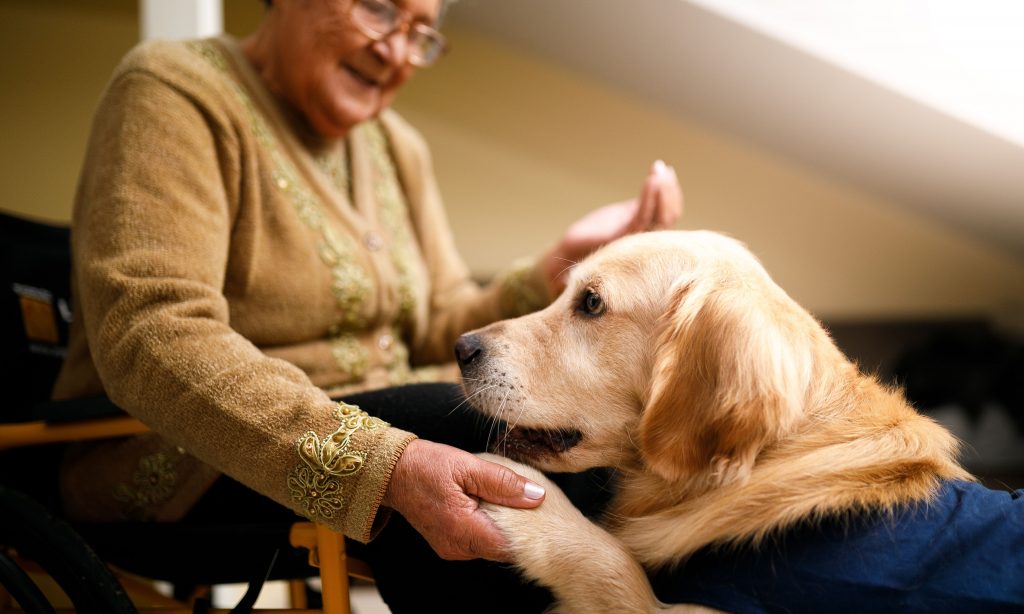
Conclusion:
Training a dog to be a therapy dog can be a rewarding experience for both the dog and the people they visit. By checking the requirements for therapy dogs in your area, starting basic obedience training, introducing your dog to different environments, working on specific therapy dog skills, and considering therapy dog certification, you can help your dog become a well-trained and skilled therapy dog. With a little bit of time and effort, you and your dog can make a difference in the lives of others as a therapy team.
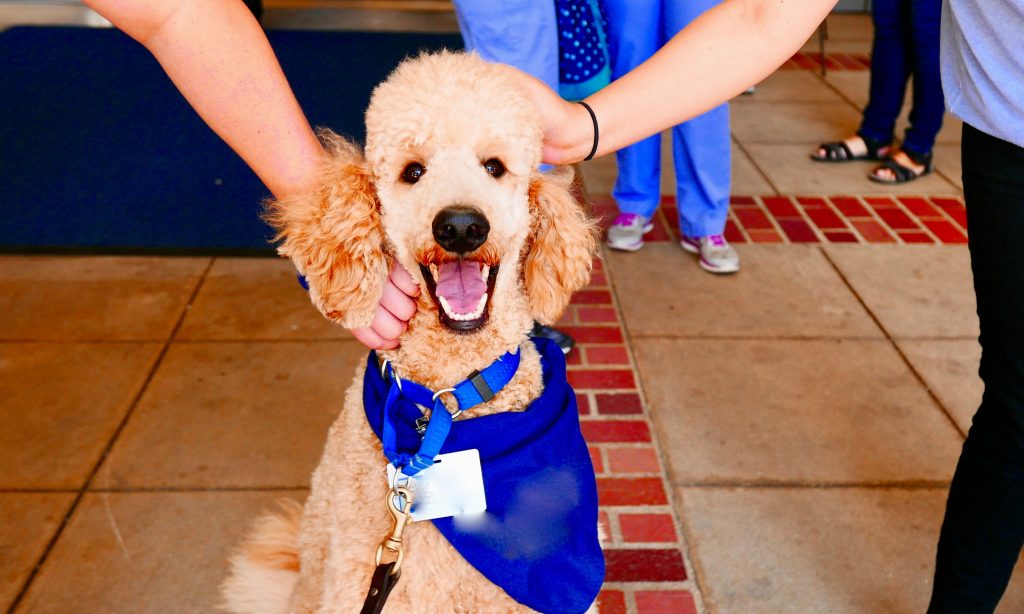
Frequently Asked Questions
What is a therapy dog?
A therapy dog is a specially trained dog that provides comfort and support to people in a variety of settings, such as hospitals, nursing homes, schools, and disaster areas. Therapy dogs are known for their calm and friendly demeanors, and they must undergo extensive training to ensure they are well-behaved and able to handle the various environments in which they work.
How do I know if my dog is a good candidate for therapy work?
To determine whether your dog is a good candidate for therapy work, consider their temperament and behavior. Some characteristics that may make a dog a good candidate for therapy work include a calm, friendly demeanor; good socialization skills; a willingness to be handled by strangers; a tolerance for different environments and situations; and good basic obedience skills. However, it’s important to keep in mind that even well-behaved dogs may not be suitable for therapy work if they have certain medical conditions or are prone to anxiety or aggression.
What are the requirements for therapy dogs?
The requirements for therapy dogs vary depending on the organization and the type of therapy work being done. In general, therapy dogs must be at least one year old, be up-to-date on all vaccinations, be spayed or neutered (if not being used for breeding), and pass a temperament test. Some organizations may also require additional training or certification. It’s important to research the specific requirements for the type of therapy work you are interested in before embarking on therapy dog training.
Can I train my own dog to be a therapy dog?
It is possible to train your own dog to be a therapy dog, but it can be helpful to work with a professional therapy dog trainer to ensure that your dog is properly prepared for therapy work and ready to handle the various environments and situations they may encounter. A professional trainer can also help you to navigate the requirements and certification process, and provide ongoing support and guidance as you and your dog progress through the training process.
What are the benefits of therapy dog work?
There are many benefits to therapy dog work, both for the dogs and the people they work with. Therapy dogs can provide comfort, support, and companionship to people who may be lonely, stressed, or in need of emotional support. They can also help to reduce anxiety, depression, and other mental health issues, and can improve socialization and communication skills in children and adults with disabilities. Therapy dog work can also be rewarding and fulfilling for the dogs themselves, as they are able to make a positive impact in the lives of others.


